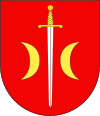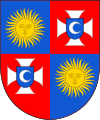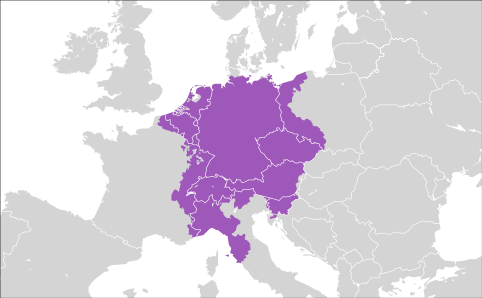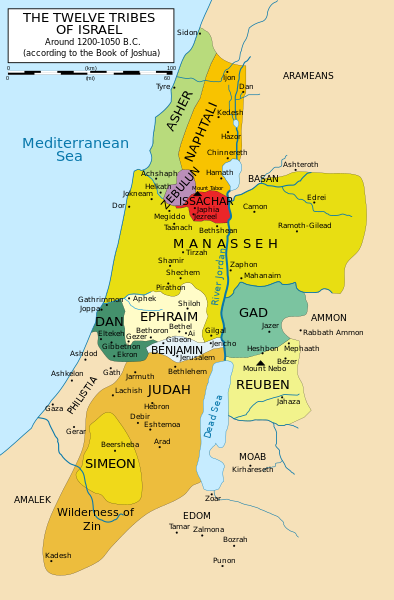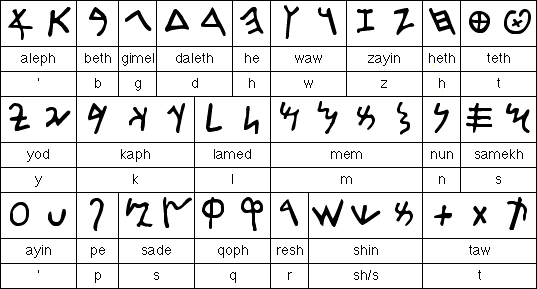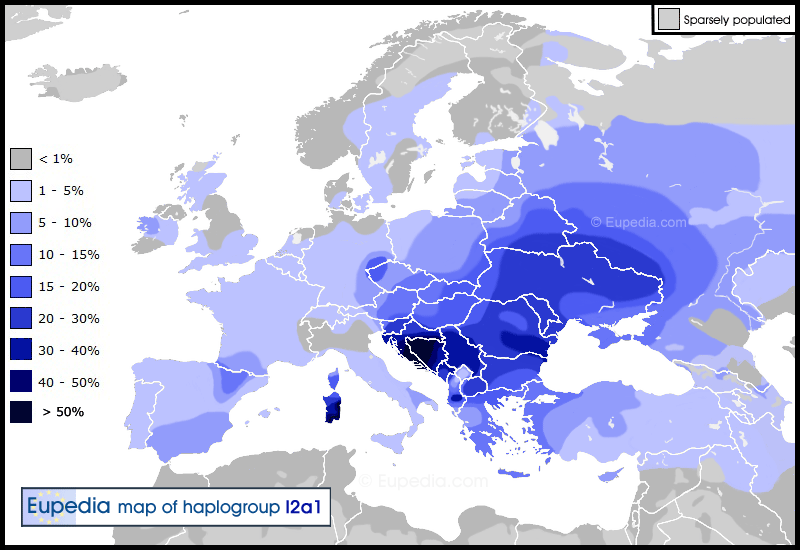I think among elderly Serbs and R1a carriers (is it correct at that time be called Slavs?) there is an unbreakable cultural relations but these are descendants of two very different Clans, one of them (close to J) that is before 25,000 kya moved from Anatolia to the Balkan so it is called Old European, and others one of branch Indo European that originated in Central Asia and is about 10 kya moved to the Balkan.
From what we currently know from history there is no such a thing as old Serbs that you can relate to ancient R1a of Balkans...if these R1a can be related to any historic nation of the region than it would be more logical to relate it to ancient Macedonians, as Greek Macedonia is hotspot of R1a on central and east Balkans
btw. it is very strange that Serbia despite supposed massive settlements of Slavs have only low frequencies of R1a and now it seems that even those are mostly native... so, something does not fit there... perhaps original Slavs were very I2a2 dominant which justifies Jordanes callling them Veneti race, while R1a in Slavic countries comes from assimilated other people......
btw. compare this pictures
http://dienekes.blogspot.com/2010/11/clustering-of-european-y-strs.html
http://4.bp.blogspot.com/_Ish7688voT0/TNLyVNbffHI/AAAAAAAAC0E/vsEQYTTobHQ/s1600/Ystrclusters.png
and while I2a2 shows clear correlation with early Slav mention in history, same is not clear for R1a as its hotspots are on other places and its gradient doesnot seem to show anything alike shape of spread of early Slavs...
anyway, back to old Serbs... at the moment there is no evidence of existence of such a thing that we can call old Serbs
there are Serbs of now who carry set of different haplogroups: I2a2, E-V13,R1a, various J, R1b....
and we can talk of proto-Serbs who have supposedly moved to Balkan from land of Boika (likely Bohemia named after Celtic Boii) somewhere in 7th century....
relating Serb name to anything further in past is very difficult... there is Serboi tribe in Caspian mountains around 1st century AD, and there is note of Seneca about Serians in that area, around Danube, in northwest China, and on Red sea... but we cannot be sure his Serians are in fact proto-Serbs...and while we can see haplogroup I (we still not known whether it is I2a2) in Asia matching arc of Serians from India to China there is no haplogroup I around Red sea...
hope you are not one of the people who would try to respond to this by quoting quasi-historian Deretic because that guy is everything but credible historian... his theories of Serbs everywhere are delusional....
so it is better to skip using word old Serbs until we can be sure whether there is such thing and what would that notion encompass
We can say that originally Serbs are no Slavs (I haplogroup is different than R1a haplogroup), but this can be a quick conclusion, without delving into the matter, really big question is whether old R1a at a time when arriving in Balkan and beyond, may be called Slavs?
According to Klyosov's data R1a must have spread from Balkan to east Europe and Asia.. which means not that that old R1a is Slavic (Slavic is about latest cultural development in that group), but that Scythian, Slavic.. R1a origins from the Balkan core...what was the language and culture of that R1a is completely unknown...probably proto-Indo-European or some language predating it, as this was very long time ago... so to claim it Slavic is a bit funny because Slavic/Germanic/Italic...languages all likely developed later than those times from common proto-indo-european language...
additional thing is, you must realize that languages and cultures are changed quite often.... much more often that people think.....
after hearing that argument in my discussion with someone else several years ago, I keep reminding people on that by using latin language as an example...
2500 years before present it was spoken only around little village called Rome, and now languages derived from it are spoken in Italy, France, Spain, Portugal, Romania, latin America...
).










